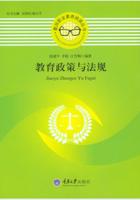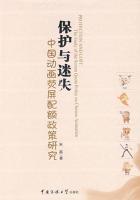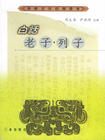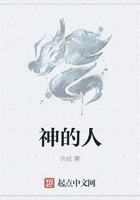A systematic review of the covers was conducted beginning with the three general questions.Once the religious icons were identified and coded,the covers were sorted into categories.After the first round of sorting,two researchers discussed the themes,adjusted the categories,and made deive notes about the covers.Religious images were also examined within the context of the written text on each cover.Close-text analysis,like content analysis,has many limitations.It is limited in terms of what can be concluded about media audiences,for example.In other words,we can only speculate about the types of discourse likely to follow the publication of these covers.
We also recognize the possibility that some covers with religious images or symbols may have been omitted using the search term“religion.”However,we attempted to minimize this possibility by comparing this term with other possible search terms(e.g.,church,God,Catholicism,Judaism,Islam,etc.).In all instances,the“religion”term was inclusive.Furthermore,by using the official Time website(rather than a non-affiliated search engine),the resulting covers reflect what Time deems relevant to those interested in the subject of religion,despite the chance that religious symbols might be embedded in other covers.
Findings
When examined with the accompanying text,Time covers convey an affinity for private religiosity and considerable skepticism about religious institutions.That is,questions of religiosity are often presented in the context of the latest scholarly books and scientific findings on various subjects(e.g.,archeology,history,and genetics).Overt imagery tends to frame religious topics within the context of the latest findings from the scientific community-and thereby demarcating“faith”from Cartesian(or scientific)logic.Representations of private religious practice were also tied to Biblical themes in all but three cases.
An unexpected finding is the lack of religious symbols or icons on Time covers on religion.This is true of those about religion in general as well as ones on specific denominations.In fact,most covers require a headline to make sense of the image and associate it with a religious subject.When they do appear,religious symbols typically depict private religious worship rather than institutional religion.Furthermore,religious institutions are often signified by people rather than by religious symbols.
Finally,while the U.S.is increasingly pluralistic in terms of religion,this is not the case with Time covers.Judeo-Christian topics and symbols dominate.Although there are overlapping themes(“Should Christians Convert Muslims?”for example),the overwhelming majority of covers contain either Judeo-Christian(25 covers)or Christian(22 covers)themes,with only two mentions of Islam and two depictions of what Time calls“cults.”Only one cover was about Buddhism,the only representation of Eastern Religious Philosophy.
In order to present these findings in detail,deions are summarized as three emerging themes:(1)“balance of public and private,”which notes that while both personal and institutional religiosity is depicted,institutional religion is portrayed more skeptically,(2)“people over symbols,”where religious individuals are depicted more frequently than traditional symbols,and(3)“bridge to popular culture,”where religious images are used to advocate or reference popular books,movies,and entertainment media.
Balance of Public and Private
Time covers feature stories about both privatized and the public(institutional)religious experience.In fact,the covers are evenly divided,with 16 covers emphasizing personal spiritual achievement,and 16 highlighting particular religious organizations or institutional practices.Both private and institutional representations,however,are predominantly centered on Christianity(with several churches represented).Examples of private religious covers include“Faith and Healing,”“Does Heaven Exist?”and“Can We Still Believe in Miracles?”These issues focus on beliefs that cut across religious groups,while institutional covers refer to specific denominations,churches,or sects.
Covers depicting religious institutions often paint them as overtly political,and/or distant from the mainstream practices of American mainstream religion.The visual symbols in these covers comment on the distance between religious institutions and the larger society;that is,they suggest how groups are perceived and whether they are being accepted.
For example,one cover depicts Christian Coalition leader Ralph Reed's face ominously in black and white alongside the phrase,“The Right Hand of God.”The cove about Mormons uses the sterile business-like typeface Helvetica for the headline“Mormons Inc.”(which accompanies a photo of the LDS Temple in Salt Lake City)suggesting that the denomination is more like a corporation than a traditional religion.And the cover story about the Promise Keepers depicts a bearded adherent outside the mainstream,engaging in public emotional prayer shouts-suggesting that church members are distant from mainstream Americans.The written-text further demarcates them as being new,overtly political,and a cause for fear.















